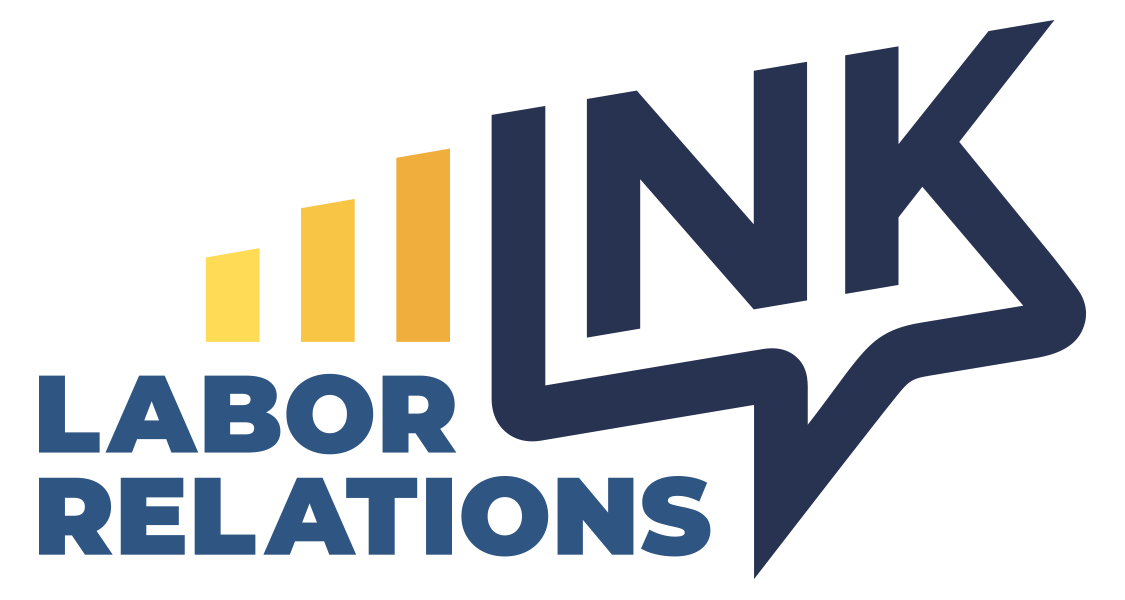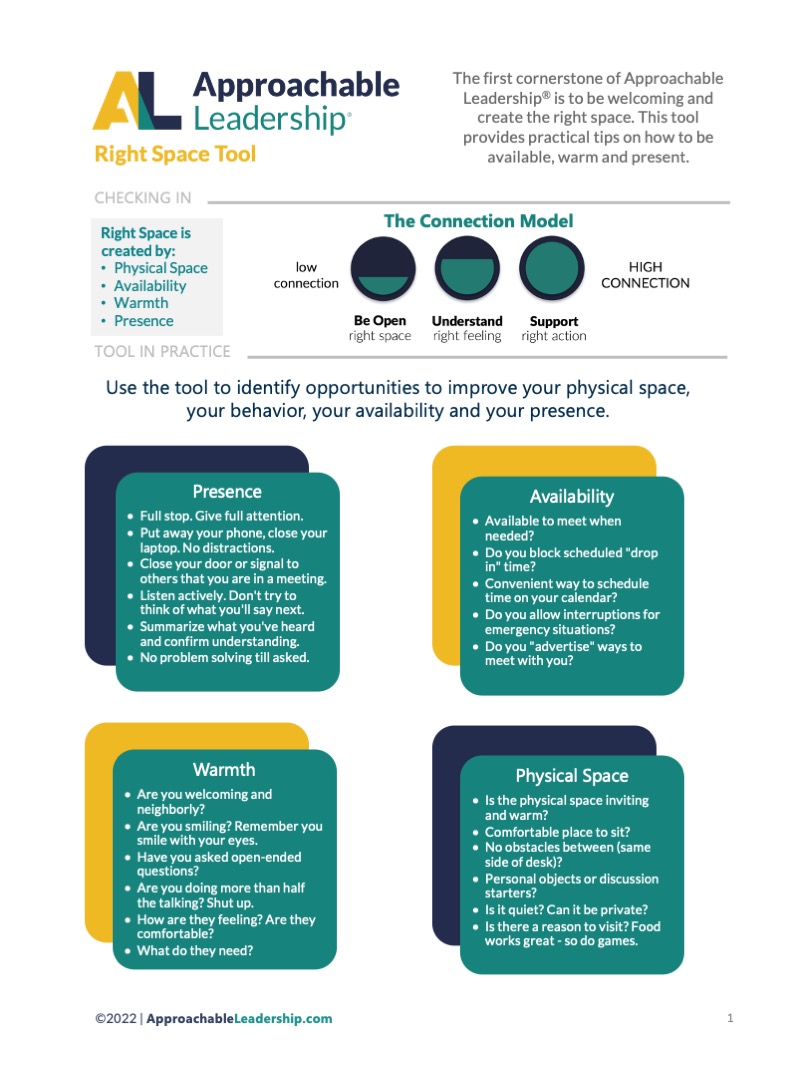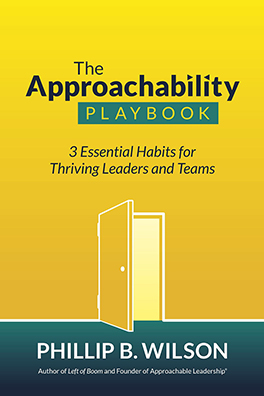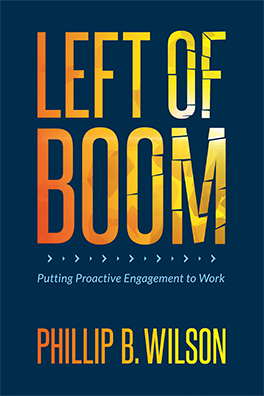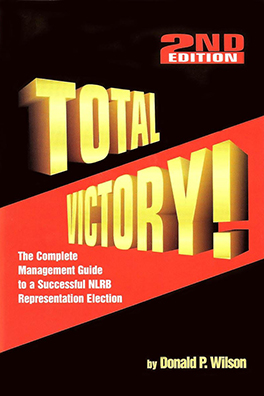Everyone should feel safe in the workplace. Nobody questions this truth. Yet it’s also a sad reality that workers have experienced dangerous situations within many industries. In healthcare, this has led to numerous strikes after patients lashed out at caregivers. In the food service industry, workers are expressing similar safety concerns. If employers do not nip those worries in the bud, then unions are happy to answer the call and use these incidents as organizing leverage.
No employer wants to reach a point where communications with workers have broken down, and they turn to a third party to address their grievances. It’s unquestionably challenging to address all points of vulnerability regarding safety. After all, employers cannot create an isolated, fail-proof bubble while providing services for the public at large. It is far better to address concerns proactively and in a less damaging way than to get a third party like a union involved.
Recently, several SEIU-affiliated unions – Workers United, the California Fast Food Worker Union, and the Union of Southern Service Workers – have become involved with the service industry, as with these examples:
Starbucks recently and surprisingly reopened negotiations with Workers United after talks between the two parties had broken down six months ago. Starbucks even agreed on a “framework” for the collective bargaining process in late February. This softened stance occurred for several reasons, but safety is undoubtedly on that list, given that workers at many Starbucks cafes have called for improved protocols and training. A few observations:
- The company has found itself in a position where the NLRB is attempting to force it to reopen 23 recently closed locations, including some that Starbucks insists were shuttered not because of union organizing activity but due to increased violence, drug overdoses in bathrooms, and other perilous situations in the cafes. That both qualities coexisted is no coincidence in terms of workers taking concerns to unions.
- Starbucks CEO Laxman Narasimhan entered the job 18 months ago, and since then, he’s been on clean-up duty. That includes a Supreme Court case over labor disputes, including the alleged illegal firing of union activists belonging to Workers United. That problem is out of his hands, but fostering a safer environment is on the table.
A few other recent examples of unions seizing upon safety concerns:
Subway: Workers in LA have expressed concerns over drug-related crime, thefts, and violence, including an incident in which an angry customer reportedly wielded a machete while demanding free food. The California Fast Food Worker Union (the SEIU’s newly invented faux union) is now demanding de-escalation training and evacuation planning.
Waffle House: The fledgling Union of Southern Service Workers has not only rallied for $25 per hour for all Waffle House workers but also called for 24/7 security to guard against the notorious, frequently gone-viral instances of violence due to inebriated customers engaging in brawls.
The tough spot: If workplace violence were an easily solved problem, this wouldn’t be such a widespread issue. However, workers are not only asking for results but also want to know that their concerns are being listened to and that they carry weight. If possible, mitigating or solving safety concerns will go miles toward building an extraordinary workplace for all involved.
